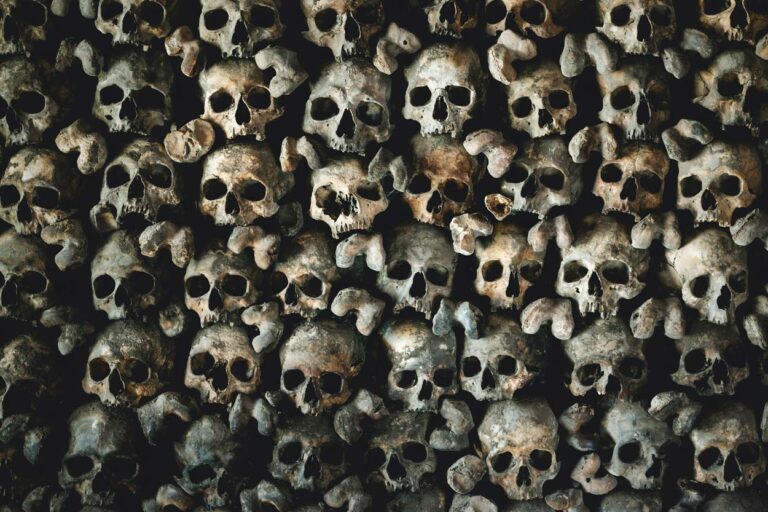Remains of up to 100 children found in ancient Welsh holy site
A team of archaeologists have dug up the bodies of over 100 young children during the excavation of an ancient holy site in Wales.
In total, the Dyfed Archaeological Trust (DAT) discovered several hundred skeletons—of which they believe at least a third were of kids aged under four years old. A strange puncture wound was even found in one of the excavated skulls, the Western Telegraph reported.
The injury could have been caused by “projectile fired” which could indicate “the first suggestion of mediaeval warfare in the town.”
The site where the buried remnants were found, used to be a mediaeval friary—a building occupied by friars, members of any of certain religious orders of men, especially the four mendicant orders (Augustinians, Carmelites, Dominicans, and Franciscans)—dating back more than 600 years.
In this instance, however, the archaeologists knew that the area surrounding the grim discovery had connections with the mysterious St Saviour’s Dominican friary. The only catch was they didn’t know exactly where to look.
The historical grounds were unearthed by builders who were digging foundations for a new three-storey food hall in Haverfordwest, Pembrokeshire. Some of you may think it’s a bit of a morbid spot to put a market on, but hey, looking at the other names present in the town—a pub called Friars Vault and street names such as Friars Lane—it only makes sense for the residents of Haverfordwest to fully embrace their creepy history.
Site manager for the dig, Andrew Shobbrook, told the Western Telegraph that this opportunity has given the team a first chance to look into mediaeval Haverfordwest. “This is huge for us to find out more about the story of Haverfordwest,” the expert said. “There has been very little archaeological extraction in the town and we are unearthing some fantastic finds.”
Head of the DAT, Fran Murphy, spoke to Metro about how financial transactions recorded by a local church had been used previously as proof of the existence of the friary. “We know it’s there because of a series of monastic references, mainly records about money,” she explained.
“At its height, there were apparently eight friars who were part of the friary before it was dissolved and passed into private hands. It was dissolved in the 1530s with one of the friars scrubbing his name from the list of friars at the priory which is peculiar and might have been a protest to its closing,” Murphy added.
The Dominican friary is believed to have stood in Haverfordwest for approximately three centuries. The Dominicans, also known as Black Friars, had a slightly different plan than most monastic orders—they went among the population, preaching, praying and teaching.
DAT started work at the site known as Ocky Whites in February and is scheduled to be there until January 2023.






